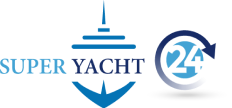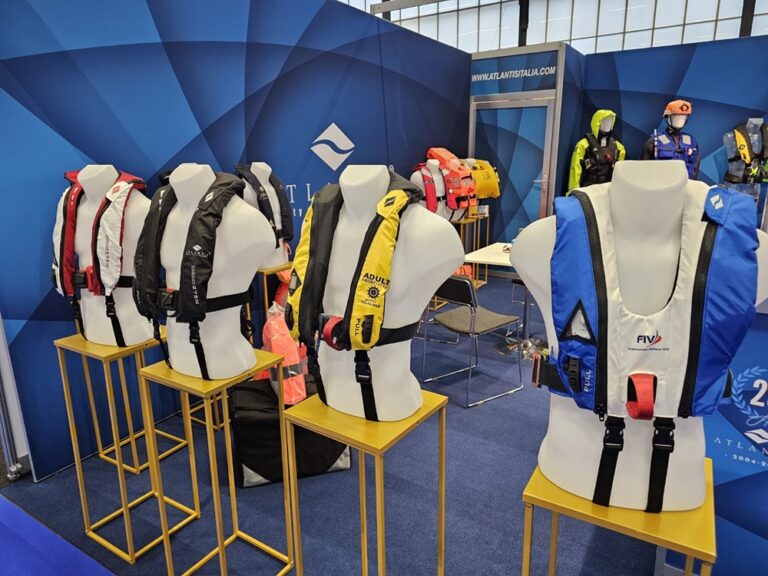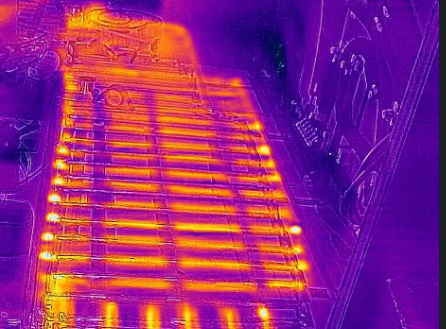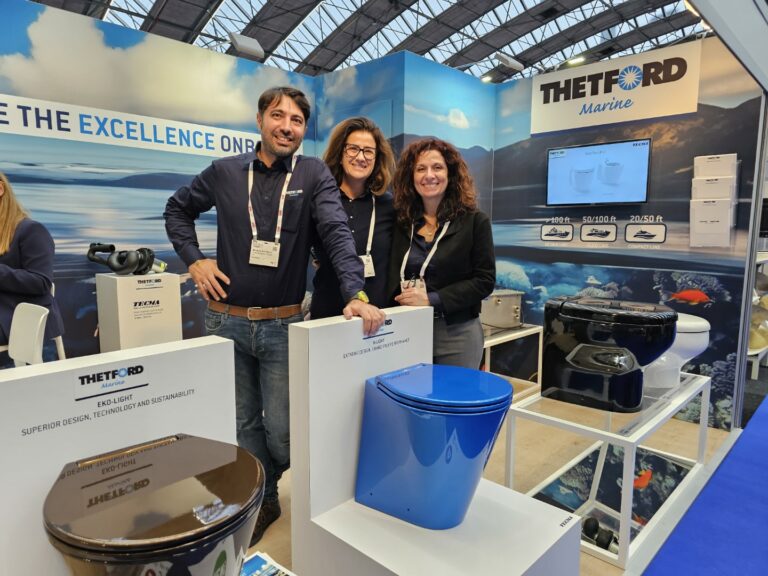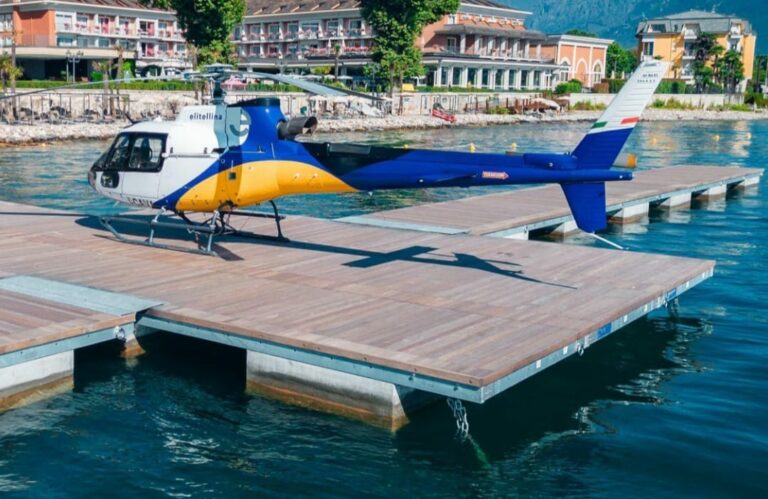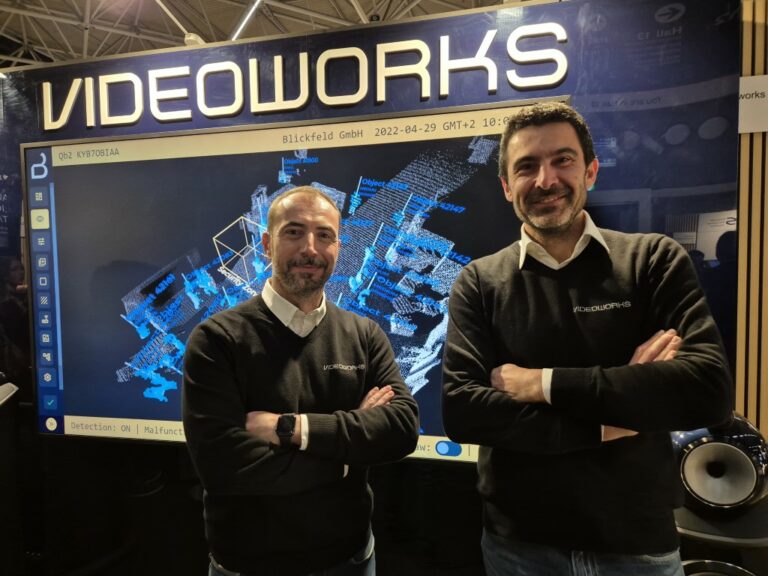Fabrizio Iarrera unveils the new future of Silent Yachts
Since last year, with a change in corporate direction, Silent Yachts has resumed full activity and plans to expand its range from 60-80 feet over the next 3-5 years, followed by reintroducing models over 24 meters. Founded in 2008, Silent Yachts was already a pioneer in the yachting world for its zero-impact technology in terms […]
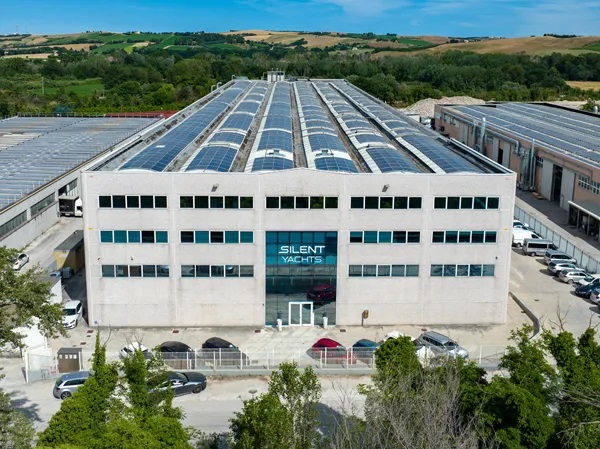
Since last year, with a change in corporate direction, Silent Yachts has resumed full activity and plans to expand its range from 60-80 feet over the next 3-5 years, followed by reintroducing models over 24 meters.
Founded in 2008, Silent Yachts was already a pioneer in the yachting world for its zero-impact technology in terms of emissions, noise, and vibrations. Since last year’s corporate restructuring, the company has returned to full operation and aims to expand its range to 60-80 feet over the next 3-5 years, followed by reintroducing models over 24 meters with a Gross Tonnage under 500.
SUPER YACHT 24 discusses the unique features of Silent Yachts technology with CEO engineer Fabrizio Iarrera.
Engineer, let’s start from 2023, the turning point year for the shipyard, which also invested in the Italian facility in Fano.
“After a period of uncertainty due to issues beyond the company’s control, everything that has been ‘done’ by the shipyard, particularly since 2023 with the gradual launch of operations at the Fano facility, has brought tremendous positivity. This is thanks to the arrival of customers who have become investors, notably one of whom now owns 80% of Silent Yachts. This has reinforced belief in the company’s potential, especially due to its technological content.
The company has focused intensely on the technical development of the solar drive line and is now the only shipyard in the world capable of producing and delivering a product aligned with a message of absolute sustainability: the electric motor catamaran powered by solar energy, providing an experience akin to sailing where the only sound you might hear is the rustling of the air around you.
Today, under the new owner’s leadership, the company is extremely strong with a full portfolio for 2024-2025. Customers with boats under construction in Italy continue their builds with us, while those previously under construction in Turkey have legally restarted construction in Italy”.
In the yachting community, there’s concern about the risk of deterioration in photovoltaic systems and the challenges of replacement. How does Silent Yachts respond to this?
“Every technological component within a Silent Yacht has been integrated with the foresight that it can be replaced during a refit operation. Given our constant focus on technological innovation, we’re well aware of the rapid evolution in solar panel construction, batteries, and motors. Therefore, we design and build our yachts with the anticipation that, in two, five, or even ten years, depending on the owner’s needs, all the technological systems can be upgraded to the latest technology. Based on practical tests we’ve carried out, this upgrade process typically takes around three to four weeks at most. We integrate the panels and other components so they can be swiftly replaced to maintain peak efficiency, with relative cost-effectiveness and operational ease”.
Is upgrading a solar-electric propulsion system generally simpler compared to upgrading a traditional one?
“My 25 years of experience in yachting allows me to say that it’s much easier to change solar panels and batteries of an electric motor than to remove a high-power engine, like a 2000 horsepower or more, from a boat’s engine room to upgrade it with the latest technology available on the market at that time.
Being able to replace components with more efficient ones, thanks to advancements in the sector, is an opportunity that allows the owner of a Silent Yachts (similarly to a homeowner with a photovoltaic system) to increase energy efficiency and thereby extend the period during which the yacht can be completely eco-friendly.
In our smallest catamaran, the 62, we can install a system of nearly 17 kW. Consider that at my home, I only have a 7.6 kW photovoltaic system. The surplus energy produced and stored makes the boat completely independent from needing to turn on the generator, which can be used solely for recharging and maintaining the autonomy and performance that a catamaran of these dimensions typically has in its traditional propulsion”.
Does this type of power system limit the type of voyages the owner can undertake?
“Silent Yachts boats, with approximately 40/50 miles of range at 5-6 knots, can move slowly between islands in an archipelago thanks to solar energy generated and stored in the batteries. If needed, they can travel at 10-12 knots. From the perspective of autonomy, usage, and functionality, the voyages are not at all limited compared to those of a sailing catamaran, which is the usage profile we present in the market”.
Will you consider increasing the speed in the future?
“We may consider it when the capacity to produce solar energy can guarantee a greater usable energy output for the boat”.
Where is the world of catamarans heading?
“The sailing catamaran market is gradually shifting towards motorized catamarans, which are growing rapidly. This trend is also due to the practical difficulties owners face in handling sailboats. Silent Yachts allows owners to achieve their desired goals of sustainable navigation while enjoying the ease of motorized propulsion”.
Europe is pushing for sustainability, but while it offers incentives for automotive industries, it doesn’t consider them for the boating sector. What are your thoughts on this?
“I think that the growing attention towards protected bays and harbors will push governments to consider incentives for the boating sector as well. I look forward to this happening because, being pioneers in the industry, we aim to position ourselves as a sort of ‘Tesla’. When Tesla debuted in 2010, it was seen as a niche market not worth investing in initially. However, it eventually became the solution for navigating cities closed to traffic.
We foresee a future where every port and bay entrance will be electric-only, with traditional combustion engines reserved for journeys far from these areas. The world is moving in that direction; whether it’s driven by incentives or by legislation not directly tied to incentives, as often happens in our market — traditionally seen as privileged — I cannot say for certain. But I am confident that there will be a need, driven by governments, to transition boats to green technology”.
From the non-existent incentives to the noted difficulty your segment faces regarding moorings: it seems that in this sector, there’s a lack of belief in uniting to address institutions and achieve results.
“The issue of moorings is certainly felt by both catamaran manufacturers and customers. At Silent Yachts, we believe we suffer less from this issue compared to others, thanks to the autonomy of our solar-powered propulsion system. Our yachts can stay at anchor for up to a week, reducing the need to return to port for refueling. Regarding incentives, there are large organizations like Icomia that are trying to move in that direction. I recall that when European legislation on emissions for large yachts was changing, they managed to secure longer timelines for compliance due to their efforts. However, such situations are not common in our market.
Indeed, unlike the automotive industry, where manufacturers unite to exert influence and guide markets and governments, the major players in our sector are not accustomed to seeking alliances. This is an area where our market could certainly improve and create significant opportunities”.
